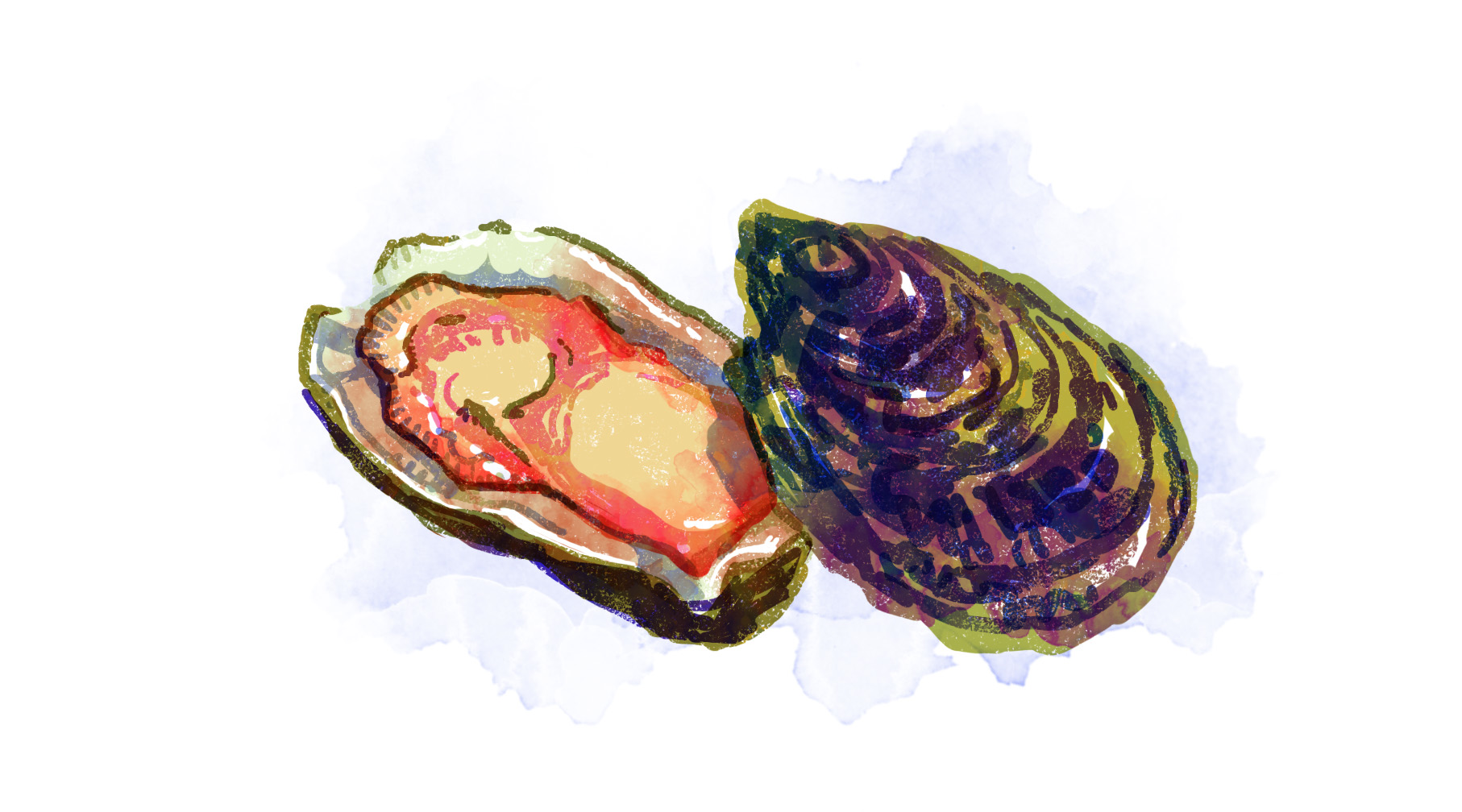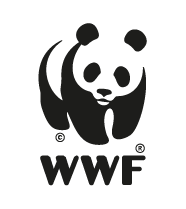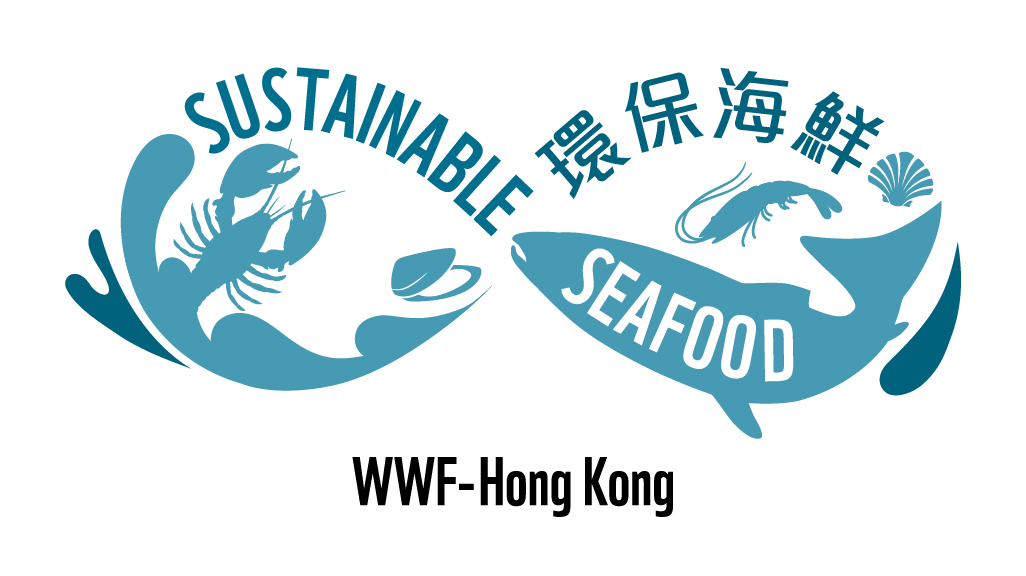
Hatchery-based
Oysters are filter feeders that feed on phytoplankton. With no additional feeding needed, there is no fishing pressure on wild stock.
Farming filter-feeding species generates minimal amount of waste discharge. This production method can impact habitat functionality, especially seagrass habitat, but it will not affect wildlife. The species is not native to the US and has a high risk of escape. It could potentially bring negative consequences like cross-breeding. This species is subject to several diseases that can be transferred to the surrounding environment and may also affect the wild oyster population.
US regulatory framework is partly effective and comprehensive, regulated at both federal and state levels. There are at least six federal agencies, including The Food and Drug Administration (FDA), the Department of Health and Human Service (DHHS), the Environmental Protection Agency (EPA), etc. monitoring aquaculture, which makes it quite effective and information quite transparent.

